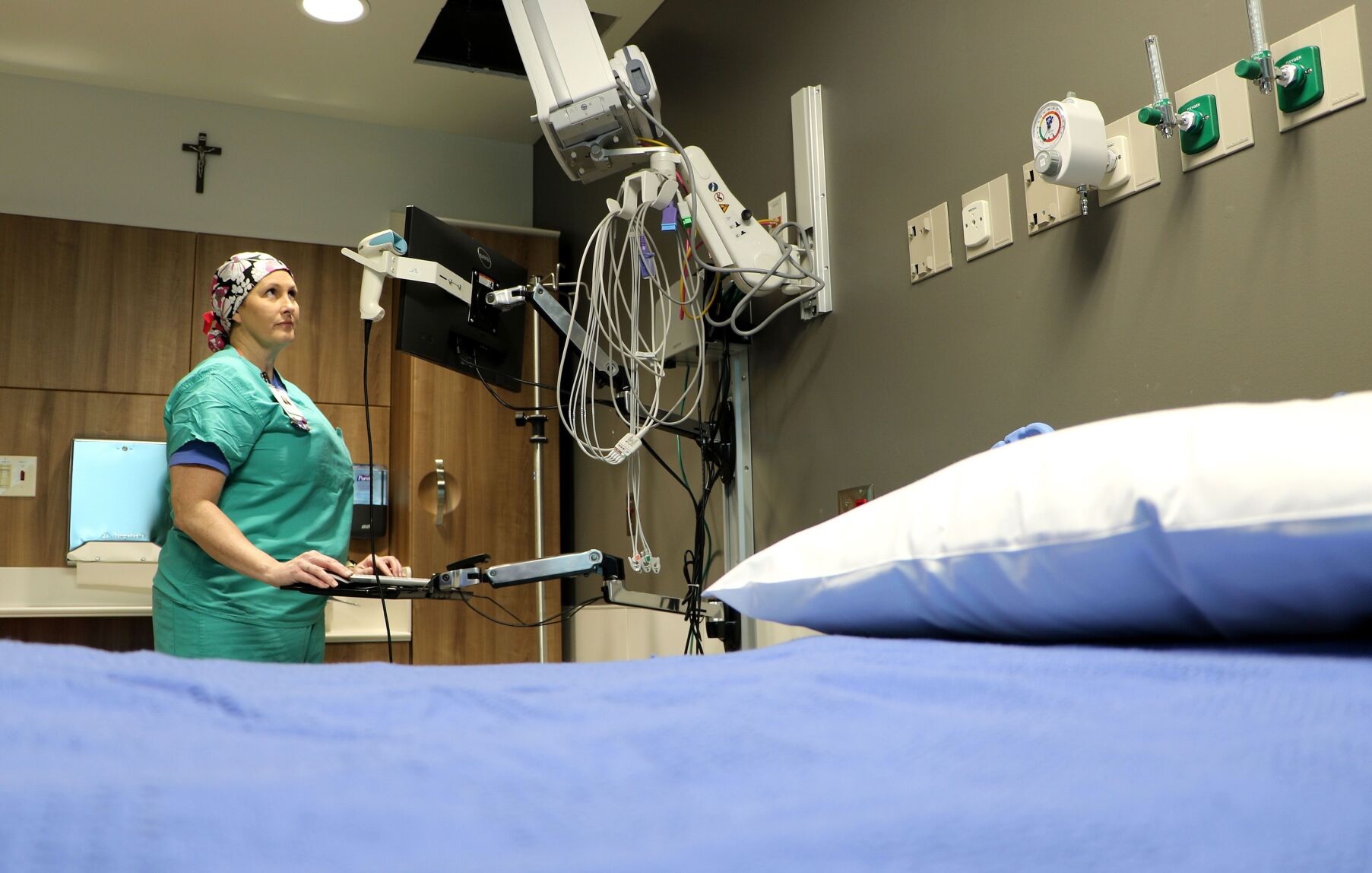
The following table shows the national distribution of the Overall Star Rating based on July 2022 results. National distribution of the Overall Hospital Quality Star Rating For example, if a hospital had no measures in the Timely & Effective Care category, the 12% weight would be redistributed evenly as 25% for each of the Mortality, Safety of Care, Readmission and Patient Experience groups.

If a hospital has no measures in a certain measure group, the weighted percentage is redistributed proportionally to the other measure groups. Note that these percentage weights are out of 100%. Measure group Weight used in calculation Mortality 22% Safety 22% Readmission 22% Patient Experience 22% Timely & Effective Care 12% The hospital summary score is then used to assign hospitals to star ratings, using k-means clustering within each peer group. The table below shows the weight applied to each measure group.


Assignment of hospitals to peer groups based on their number of measure groups (3, 4, or 5).Application of minimum thresholds for receiving an Overall Star Rating.Calculation of hospital summary scores as a weighted average of available group scores.Calculation and standardization of measure group scores.Selection and standardization of measures for inclusion in the Overall Star Rating.Overall Star Ratings are created using this seven-step process: The methodology used to calculate Overall Star Ratings involves multiple steps to select, standardize, and calculate scores based on Care Compare measures. Most hospitals will have an Overall Hospital Quality Star Rating of 3. Overall Star Ratings aren’t calculated for Veterans Health Administration (VHA) or Department of Defense (DoD) hospitals. Hospitals report data to The Centers for Medicare & Medicaid Services ("CMS") through the Hospital Inpatient Quality Reporting (IQR) Program, Hospital Outpatient Quality Reporting (OQR) Program, Hospital Readmission Reduction Program (HRRP), Hospital-Acquired Condition (HAC) Reduction Program, and Hospital Value-Based Purchasing (VBP) Program. Once reporting thresholds are met, a hospital’s Overall Star Rating is calculated using only those measures for which data are available. The Overall Hospital Quality Star Rating for ASCENSION ST JOHN MEDICAL CENTER summarizes a variety of measures across 5 areas of quality into a single star rating for each hospital. Patients in need of post-acute COVID-19 care can visit or call 918.331.2525 in Bartlesville or 918.748.7890 in Tulsa to schedule an appointment.Overall Hospital Quality Star Rating for ASCENSION ST JOHN MEDICAL CENTER Overall Rating: Referral to specialty clinics such as Pulmonology, Neurology and Cardiology will be available to patients. Care available will include coordination for pulmonary, physical, occupational and speech rehabilitation, behavioral health, nursing care management and spiritual care. John Primary Care Bartlesville Suite 200, supervised by Dr. John Primary Care Bernsen Lower Level, supervised by Herman Gonzalez, DO, and AMG St. The clinics will focus on holistic care and support the recovery of this population. While still being defined, these long-term COVID-related concerns are often referred to as Post-Acute Sequelae of SARS-CoV-2 infection (PASC). Nurse Practioner Gina Anderson said long-lasting symptoms, include fatigue, shortness of breath, “brain fog”, sleep disorders, fevers, gastrointestinal symptoms, anxiety, and depression, can persist for months and range from mild to incapacitating.

Johm Jane Phillips, said these new outpatient clinics are designed for long-term patients who previously tested positive for COVID-19 and continue to experience protracted symptoms. John) has opened post-acute COVID-19 care clinics in Bartlesville and Tulsa.


 0 kommentar(er)
0 kommentar(er)
